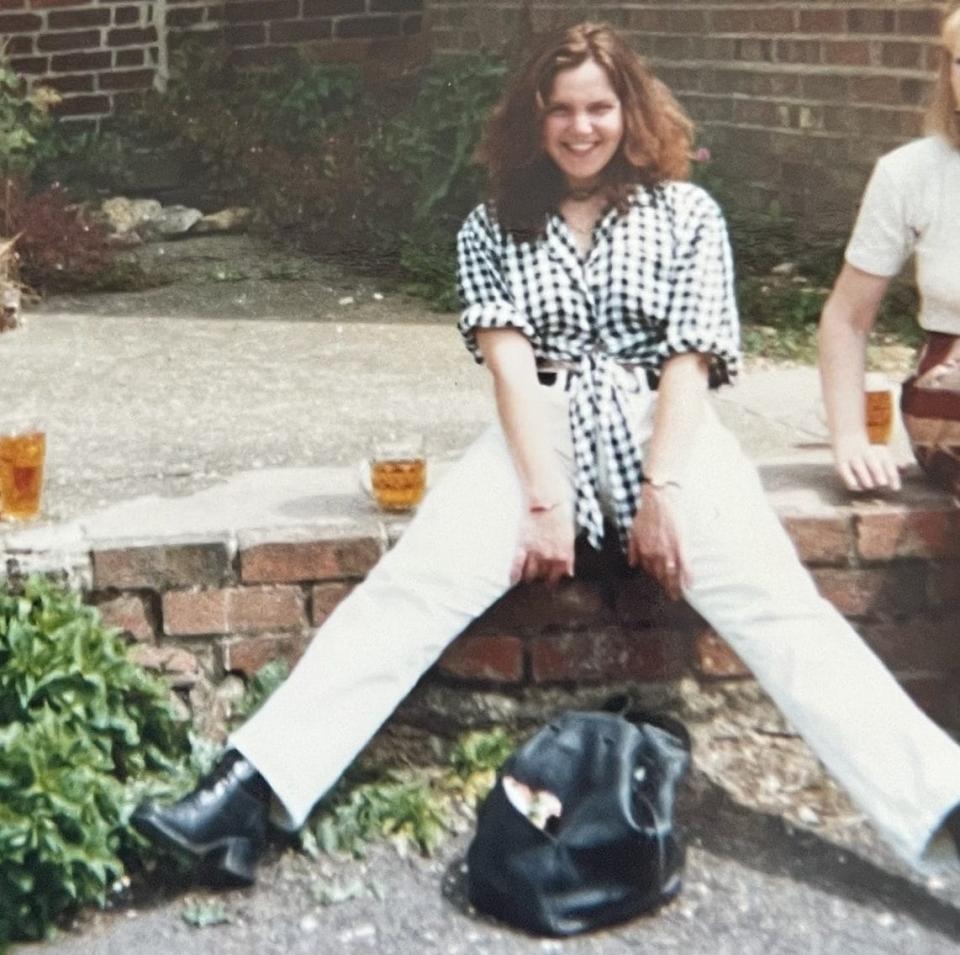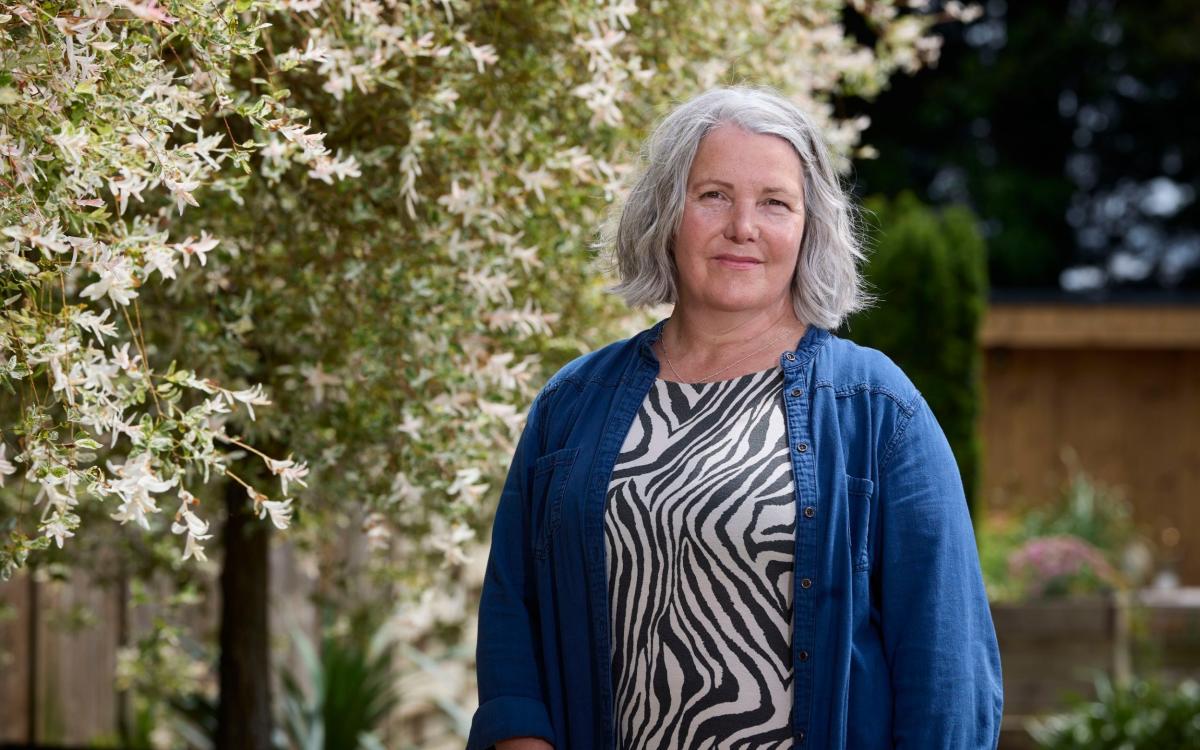I can’t remember a time in my life when there hasn’t been pain somewhere in my body. It came to dominate much of my adult life. If somebody hasn’t been in constant pain, it’s hard to describe it to them. You’re masking the whole time, and everything is so much more difficult. The mornings were the worst for me as the throbbing and aching sensations would set in when I was lying still. The day it took me 45 minutes just to get out of bed because of the agony I was in, I knew something had to change.
As a child, I often had aches in my arms and legs. The doctor told me it was rheumatism and prescribed calcium tablets. I was a very active child and didn’t let the aches get in the way of riding ponies, playing on county sports teams and doing athletics and gymnastics. As soon as I’d lay down to sleep, my elbows, knees and ankles would hurt, but I just got on with it, only taking paracetamol when symptoms started to worsen in my teens.
By age 21 the pain was often excruciating, and I was referred for neurological tests and blood tests – and that’s when arthritis was diagnosed. My GP very bluntly informed me that I may need a wheelchair by the time I was 30. It was a terrible shock, but I was given no advice, beyond taking paracetamol or Ibuprofen
Luckily, I was still very fit and active and, without really knowing it, by going to the gym regularly I was protecting my joints by strengthening the muscles. I enjoyed my 20s – in fact, I had a ball. I’d married my childhood sweetheart Mark, and we had good jobs and social lives, going out five or six times a week. We liked a drink – for me it was always vodka, gin, or rum with Diet Coke. I loved my work in procurement in the tech and fashion industries, and never mentioned my condition in the workplace. But when my body was still, that’s when the pain would ramp up. I’d had the pain from before I knew him, so for Mark it was just part of my life.

In my late 30s, when our daughter Heidi was 10, we started horse-riding together, something I hadn’t done for years. And suddenly – my word – the pain. Every movement sent shockwaves through my back and after six months of trying to brave it, I had to stop. It was time to take my condition seriously – I couldn’t ride because of the pain. Now I had developed spinal arthritis and my life was changing.
I was referred for physiotherapy, but it didn’t help. An osteopath told me the bottom three of my vertebrae had fused irreversibly, and I’d never get that movement back and sure enough, on joining yoga and Pilates classes, I found the bendiness of my body had gone. It was hard to take. I knew I was older, but there was so little that I could do.
I suddenly felt very old and sad. I’d been so sporty and within a couple of years, I couldn’t even swim because of the pain. At my lowest point, in 2021, I was setting my alarm earlier and earlier before work, because I needed ages to get mobile before I could get out of bed. Every morning the pain was more intense.
At work one day, the laces on one of my trainers came undone and I couldn’t even bend down to tie them and had to get a colleague to help. As an older person in a very young organisation, I never wanted to draw attention to what was considered an older person’s illness. But the pain of getting myself up and into the office every day was hard to ignore.
When I heard a podcast episode about the connection between autoimmune disease, inflammation and diet, I knew what I had to do. For three months I went on the autoimmune protocol (AIP), an extreme diet that means eliminating everything that could cause inflammation, like sugar, refined grains and refined carbohydrates, then gradually reintroducing foods and drinks to see what triggered pain in me.
The diet had an almost immediate response. Within two weeks I’d gone from severe pain, taking Ibuprofen every day, to a slight ache that I could manage without painkillers. I have lived without wheat, sugar, and alcohol ever since and now focus on eating fresh, unprocessed foods – meat, fish, vegetables, pulses and dairy.
When I eat out, I know if dishes contain a hidden trace of sugar or gluten as my back will be on fire with pain. If I cook meatballs, I’ll do some pasta for Mark but just have more meat and veg myself. Although it’s easy to avoid sugar itself, it’s also produced in the body by eating too much potato and rice, so I’ve had to drastically limit how much I have. Intermittent fasting is meant to be good for beating inflammation, so I’ve introduced that too, and while I’ve not lost any weight, I’m fitter and healthier, and crucially, I’m not in pain. Nothing would tempt me back to my old ways. If I’m offered a slice of cake, I just see pain.
I decided to plan a future that would provide more flexibility and less pressure in order to reduce the tiredness and stress that triggered flare-ups. So, I retrained as a life coach and while I still work a lot of hours, I can now juggle my diary to suit me. And crucially I don’t have to get up in the middle of the night to commute somewhere. In the past it was hard to make time for the exercise that is so beneficial for rheumatoid arthritis sufferers. Now I go cold water swimming, do strength training and go to the gym regularly.
Mark hasn’t given up alcohol, but we’ve changed how we socialise. I don’t go to my local pub now and Mark just goes for a couple of pints then heads home. He’s the first to defend me if our old drinking pals question my change in behaviour, because when I drank my back didn’t hurt so they weren’t aware of my condition. Now if we go out together to the pub, we take a pack of cards or play darts so I don’t get bored.
Three years on I feel like I’ve taken control of my health and taken fifteen years off my age. Everything’s easier, my head is clearer and removing pain, painkillers and alcohol from my life has opened me up to doing so much more with it.
As told to Marina Gask

